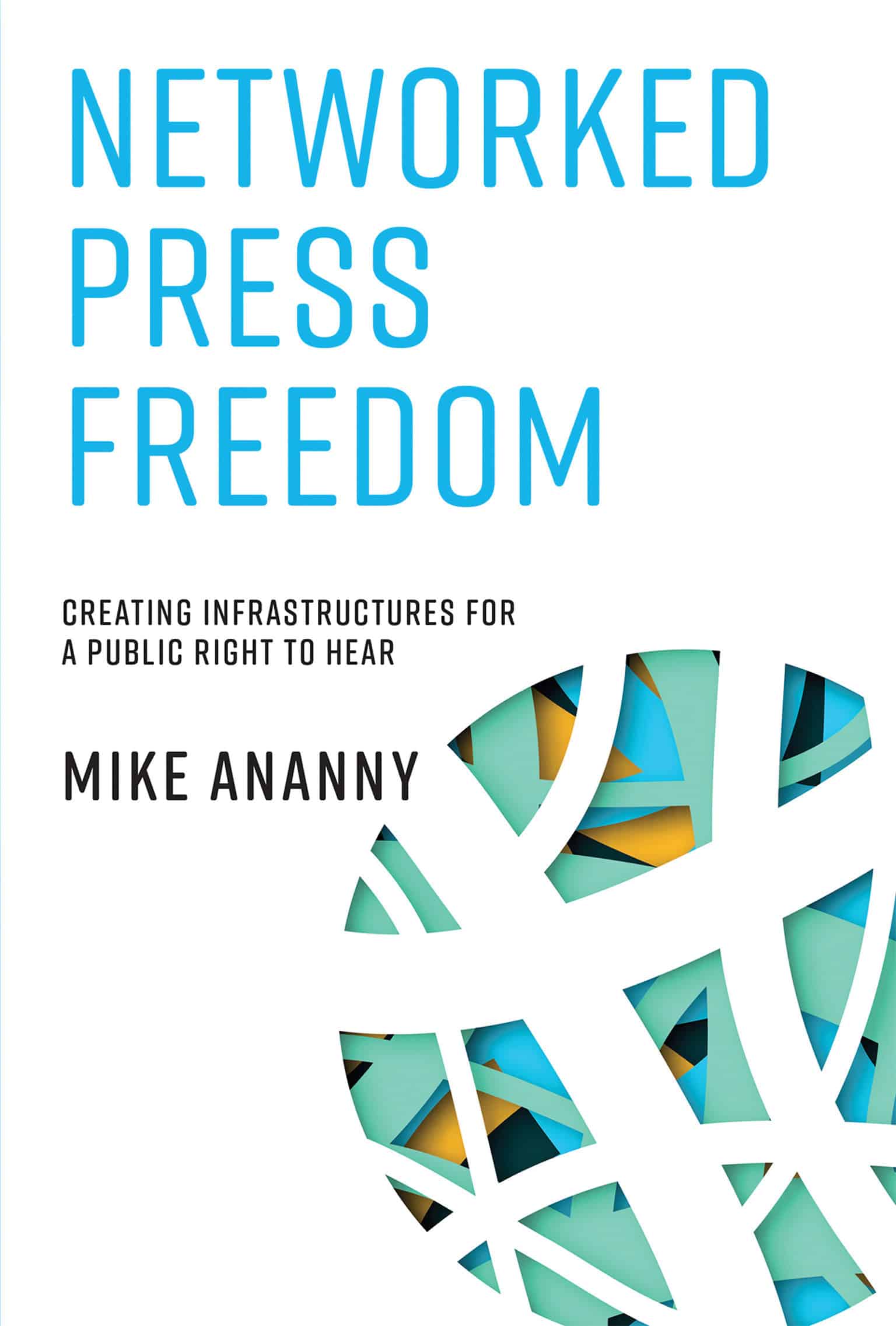Networked Press Freedom: Creating Infrastructures for a Public Right to Hear
30.00 JOD
Please allow 2 – 5 weeks for delivery of this item
Description
Reimagining press freedom in a networked era: not just a journalist’s right to speak but also a public’s right to hear.In Networked Press Freedom, Mike Ananny offers a new way to think about freedom of the press in a time when media systems are in fundamental flux. Ananny challenges the idea that press freedom comes only from heroic, lone journalists who speak truth to power. Instead, drawing on journalism studies, institutional sociology, political theory, science and technology studies, and an analysis of ten years of journalism discourse about news and technology, he argues that press freedom emerges from social, technological, institutional, and normative forces that vie for power and fight for visions of democratic life. He shows how dominant, historical ideals of professionalized press freedom often mistook journalistic freedom from constraints for the public’s freedom to encounter the rich mix of people and ideas that self-governance requires. Ananny’s notion of press freedom ensures not only an individual right to speak, but also a public right to hear.Seeing press freedom as essential for democratic self-governance, Ananny explores what publics need, what kind of free press they should demand, and how today’s press freedom emerges from intertwined collections of humans and machines. If someone says, “The public needs a free press,” Ananny urges us to ask in response, “What kind of public, what kind of freedom, and what kind of press?” Answering these questions shows what robust, self-governing publics need to demand of technologists and journalists alike.
Additional information
| Weight | 0.37 kg |
|---|---|
| Dimensions | 15.24 × 22.86 cm |
| PubliCanadation City/Country | USA |
| by | |
| Format | Paperback |
| Language | |
| Pages | 312 |
| Publisher | |
| Year Published | 2023-10-31 |
| Imprint | |
| ISBN 10 | 0262549662 |
| About The Author | Mike Ananny is Associate Professor at the University of Southern California's Annenberg School for Communication and Journalism and the author of Networked Press Freedom (MIT Press). |
| Table Of Content | Acknowledgments ix 1 Introduction 1 2 What Kind of Press Freedom Does Democracy Need? 11 The Idea of Democratic Autonomy 13 Free Speech and Democratic Autonomy 18 The Argument from Truth 20 The Argument from Democracy 23 A Structural View of the Press, Press Freedom, and an Affirmative First Amendment 27 The Institutional Press 29 U.S. Supreme Court Press Decisions 32 Protecting Publics against Censorship 33 Regulating Access to Information 35 Regulating Press Structures in Public Interests 36 The Democratic Value of Listening 39 Conclusion 43 3 How Has the Press Historically Made Its Freedom? 45 The Press as a Field 47 Bourdieu’s Field Theory 50 Bourdieu’s Journalistic Field 54 The New Institutionalist Press 59 Press Autonomy as Negotiated Separations and Dependencies 65 Autonomy through Institutionalized Objectivity 65 Autonomy through Organizational Routine and Ritual 76 Autonomy through Bracketing Publics 85 Conclusion 95 4 How Is Networked Press Freedom a Question of Infrastructure? 99 Broadcast Era Press Freedom 100 Computational Influences on Press Freedom 102 Social Media and Press Freedom 104 Press Freedom as Sociotechnical, Infrastructural Work 110 Conclusion 117 5 How Free Is the Networked Press? 121 Dimensions of Networked Press Freedom 123 Observation 125 Production 127 Alignments 129 Labor 134 Analytics 137 Timing 142 Security 151 Audiences 155 Revenue 162 Facts 171 Resemblances 177 Affect 179 Conclusion 181 6 Conclusion 183 Appendix: A Discussion of Method 193 Notes 195 References 237 Index 285 |
Only logged in customers who have purchased this product may leave a review.






Reviews
There are no reviews yet.